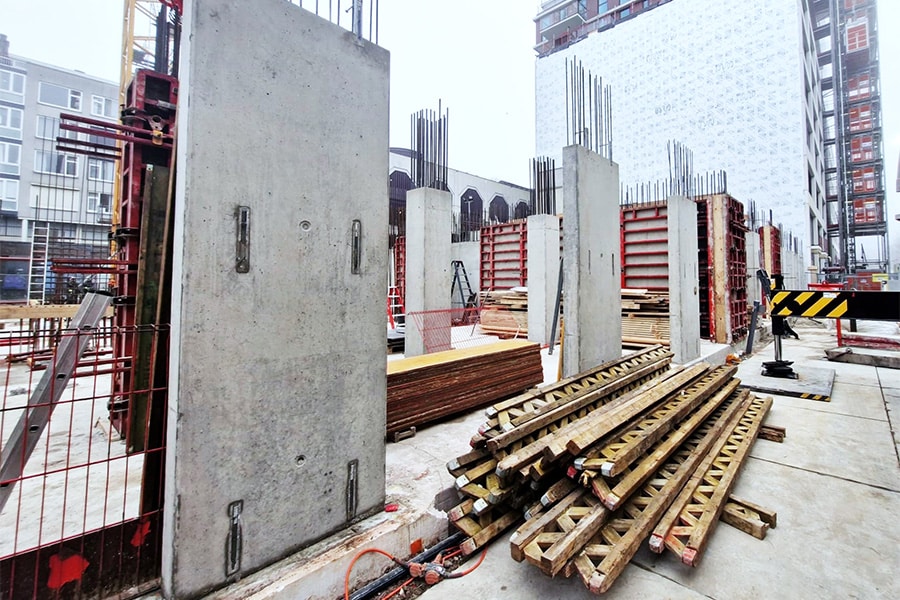
In preparation for the Wkb: As-built quality by upgrading process certificate
As the introduction of the Building Quality Assurance Act (Wkb) draws ever closer, the quality of construction projects is more important than ever. After all, once the Wkb is in force (2023), contractors are and will remain liable for the quality delivered by their construction projects. The Wkb performance ladder is an excellent tool for this. It introduces a methodology to value quality schemes as a risk management measure. Characteristic of independent certification based on a quality scheme is trust. With the KOMO-Wkb process certificate, KOMO goes the extra mile.

The KOMO-Wkb process certificate takes into account the total construction framework in which a project is realized. After all, this can vary from project to project. Erik-Jan de Bont of KOMO explains this with an example: "A front door must have at least 85 cm free passage. If on a construction project front doors are installed in the corner of a hall, these doors cannot fully open and the required opening is not achieved. In this case, 90-cm doors must be installed here. When recording 'as-built quality,' an assembler will also check and record this kind of thing."

As-built quality for KOMO process certificate
The as-built quality is the actual quality of the building upon delivery. The as-built quality at project level is the highest achievable step within the Wkb performance ladder. In projects of this quality level, the risks of the production process in the factory have been demonstrably controlled. The risks of the application process on the construction site have also been demonstrably controlled and the as-built quality at project level has been demonstrated and transferred to the client.

Different quality schemes
KOMO has several quality schemes for which this is already the case. Other quality schemes still need a small upgrade to also make the as-built quality at project level demonstrable to the client and the quality assurance body. To this end, KOMO is introducing the KOMO-Wkb process certificate (KOMO process certificate with as-built label).
Establish burden of proof
The certificate holder provides the client with a file for each project. In this file, the certificate holder records the evidence of the as-built quality of the building components, installations or entire structures within the project. The client can use this evidence before the quality assurance officer on the project in question under the Wkb. When the certificate holder has the KOMO-Wkb process certificate, he demonstrates that both the conditions for the products used and the conditions for the building process have been met and that the construction framework at project level has been demonstrably taken into account. The quality assurance body can assume the correct as-built quality and does not need to gather evidence through inspections during construction. The certification body randomly assesses whether the files are completed correctly and truthfully.

Certificate holder proves quality with KOMO-Wkb process certificate
"This way of working makes the KOMO process certificate a very reliable document about the quality of the realized end result," De Bont concludes. "The internal quality is guaranteed by the certificate holder. And then on top of that, the KOMO-Wkb process certificate gives confidence in the accuracy of the evidence provided by the certificate holder regarding that quality. The KOMO-Wkb process certificate makes the risks for contractors excellently manageable."
Upgrading a KOMO process certificate to a KOMO-Wkb process certification? Contact a certification body with which KOMO has a licensing agreement.




